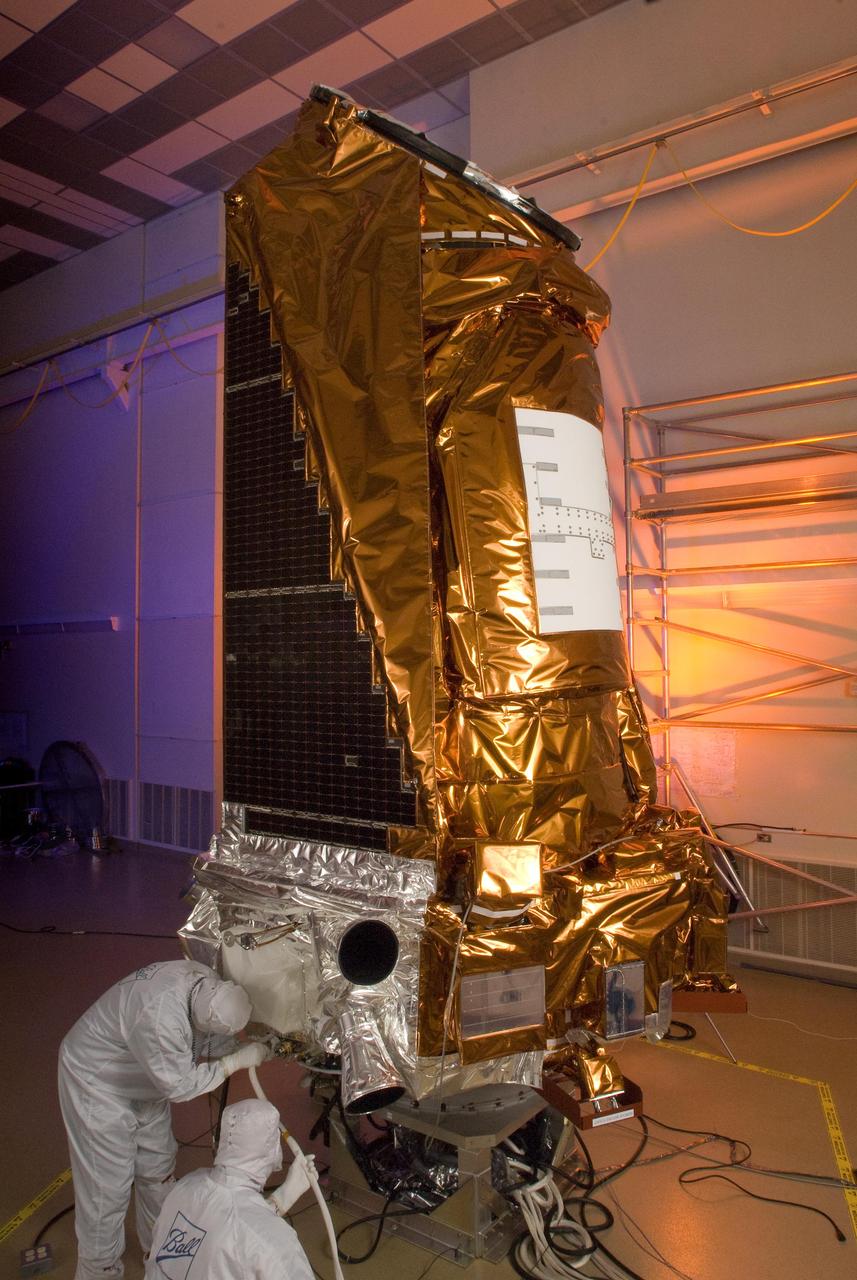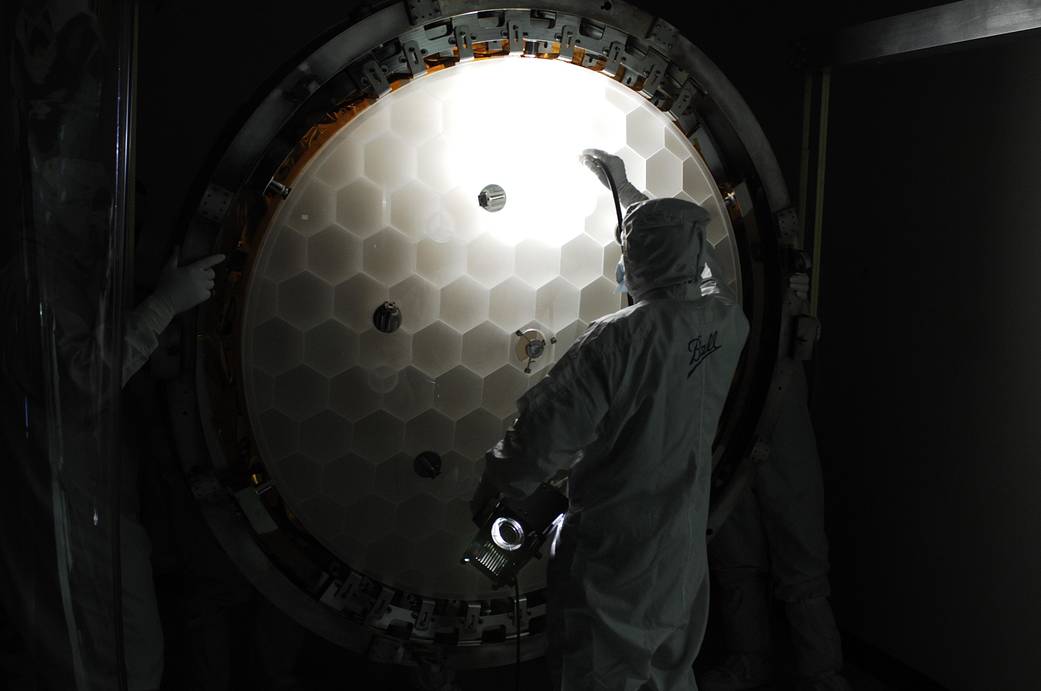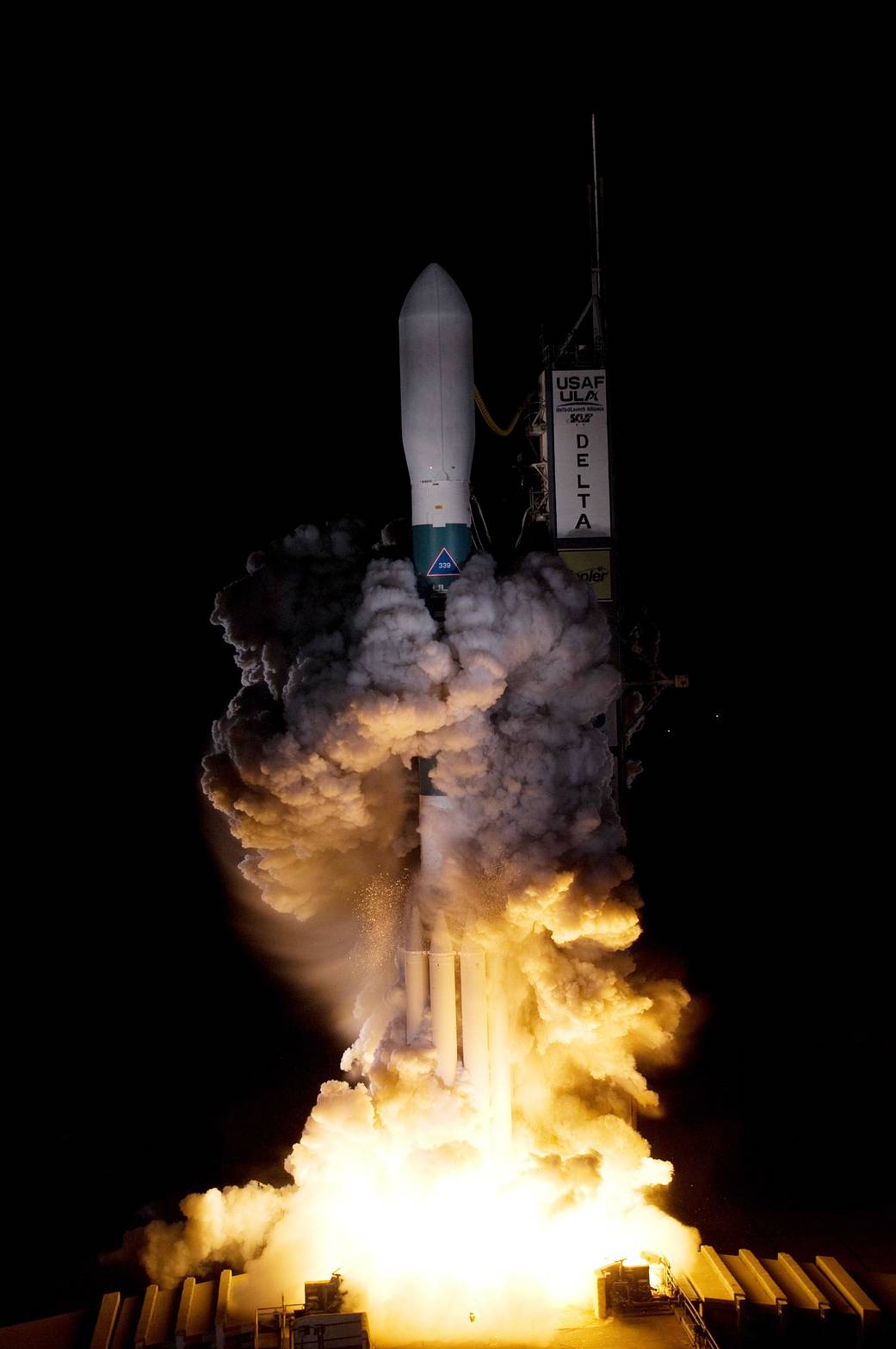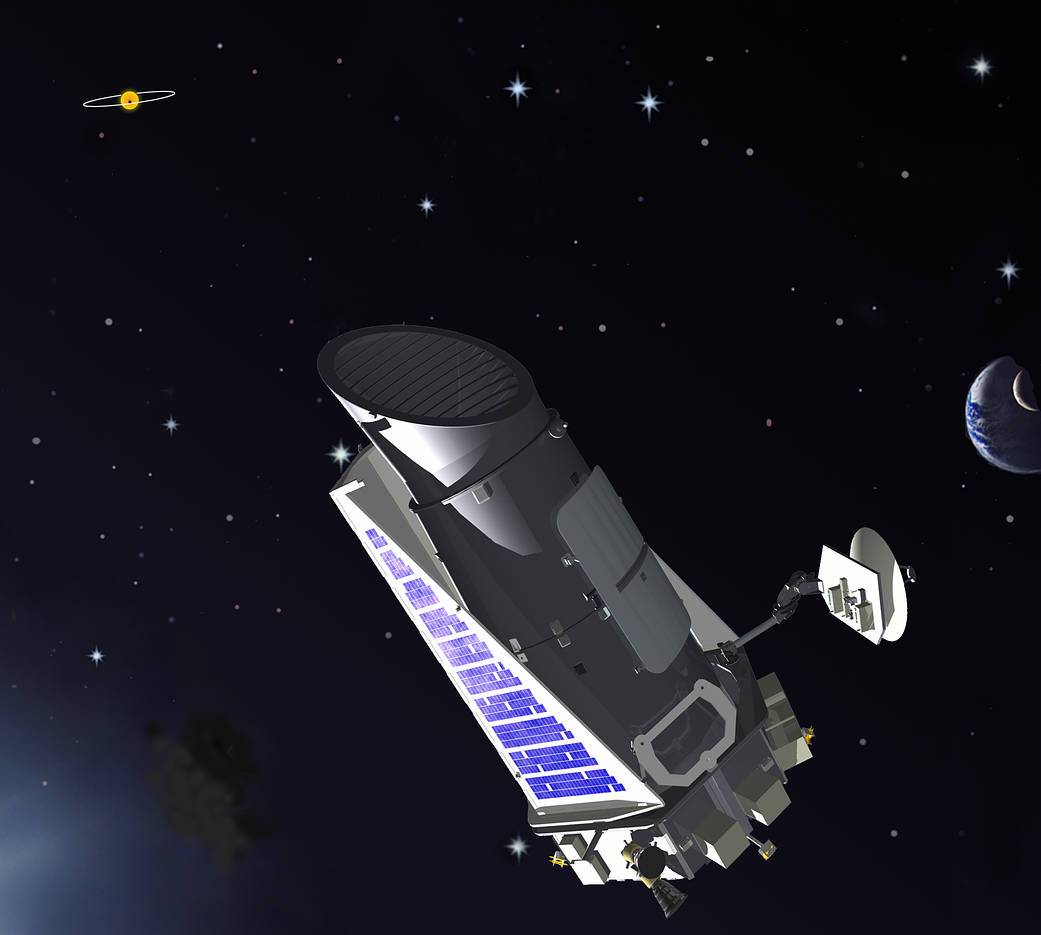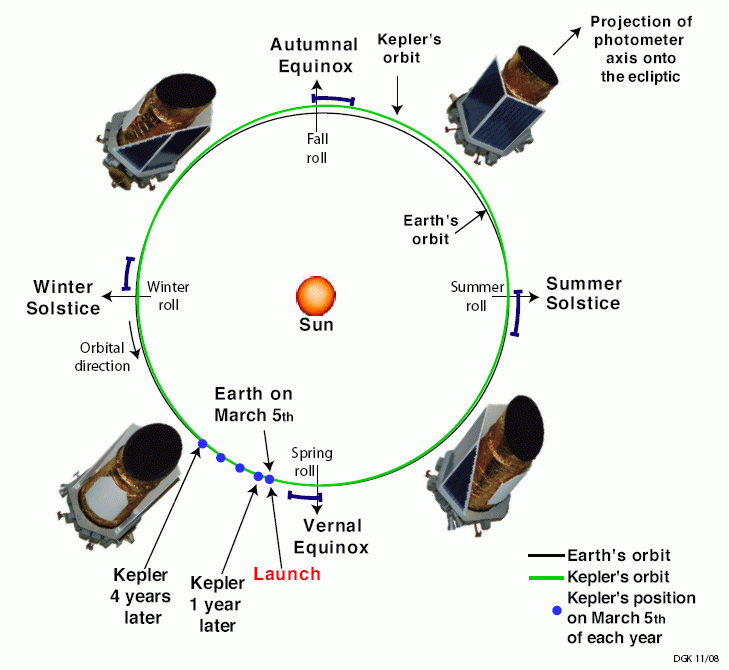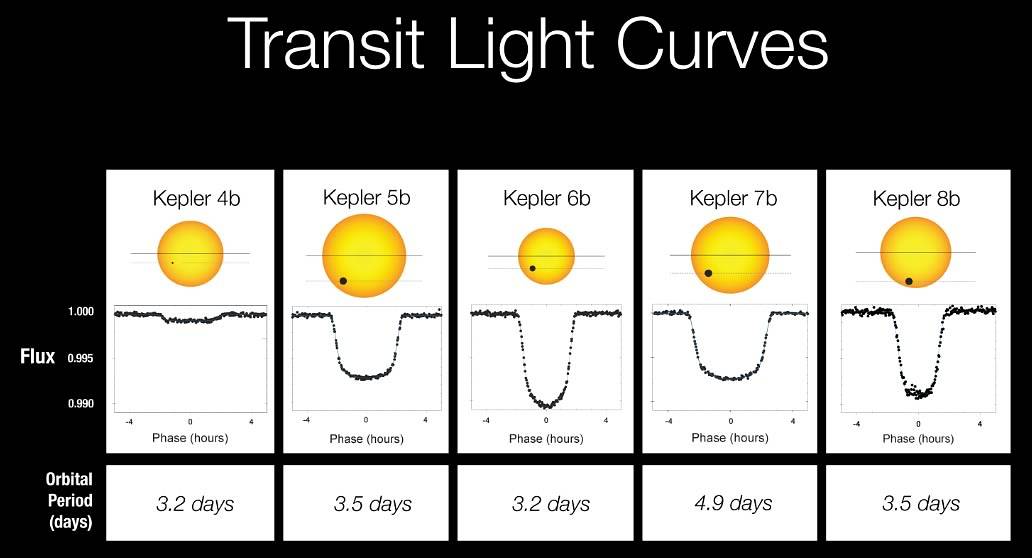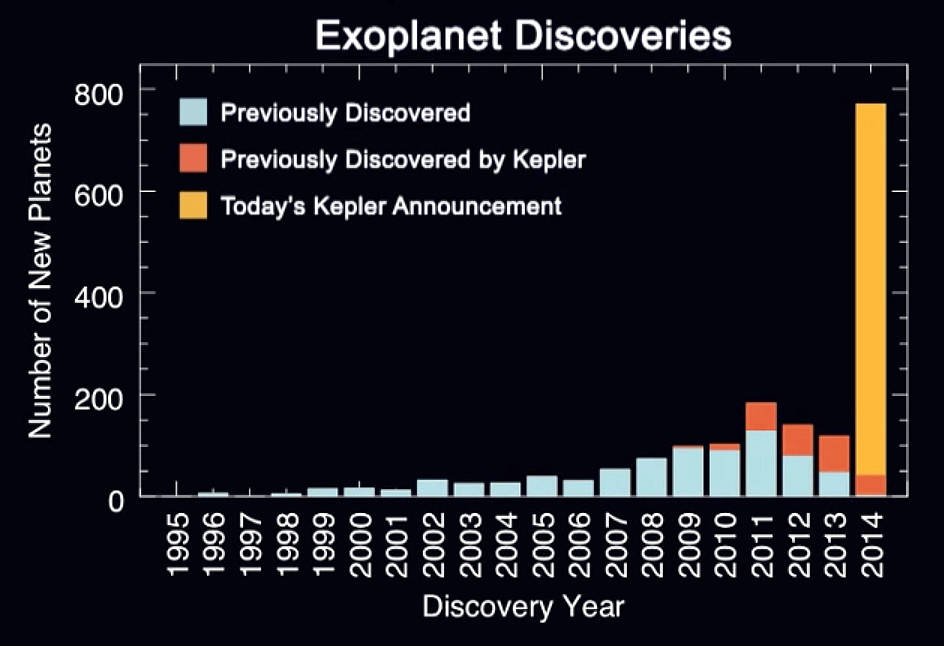Kepler Space Telescope | The Exoplanet Hunter
Extrasolar Planet Survey
The Kepler Space Telescope was designed to survey a portion of the Milky Way galaxy to search for exoplanets similar to Earth orbiting other stars. Kepler's primary and K2 missions have discovered over 2,500 exoplanets, including rocky Earth-sized planets in the habitable zones of their stars. Based on Kepler’s estimates, there are possibly as many as 40 billion Earth-like planets in the Milky Way galaxy.
Kepler Exoplanet Hunter Fast Summary Facts!
- Type: Space Observatory
- Destination: Earth-trailing, Heliocentric Orbit
- Status: Active
- Launch Location: Cape Canaveral, Florida
- Launch Date: March 7th 2009
- Arrival Date: May 12th 2009
- Mission Duration: Planned 3 ½ years, Extended to 9+ years
Quick Summary About The Exoplanet Hunter!
The Kepler mission is a NASA Discovery-class mission (relatively low-cost and highly focused) designed to survey a small patch of the Milky Way galaxy which contains about 150,000 stars to discover the structure and diversity of exoplanet systems. Particular focus was placed on detecting Earth-sized, and smaller, planets in or near the habitable zone to determine their prevalence in the galaxy!
Kepler would locate exoplanets by recording tiny periodic dips in the brightness of the star caused by the transit of a planet across it. From the characteristics of the dip, and information that is known about the star, the planets orbit, size and temperature can be calculated.
The field of view selected for the primary mission (which would be monitored constantly for variations in star brightness), was a small patch of sky near the Milky Way high above the ecliptic plane in the Cygnus and Lyra constellations. However, 4 years into its mission two reaction wheels, used to keep the spacecraft stable, failed. So a new mission called K2 began in 2014 where several different patches of the sky would be observed during the year.
Interesting Facts About The Kepler Mission!
- Kepler was named after the 17th century German astronomer Johannes Kepler who was best known for his laws of planetary motion.
- The spacecraft consists of a 140 cm (4.6 feet) diameter primary mirror (for a short time the largest launched into orbit until the Herschel Space Observatory) and a camera with a combined resolution of 94.6 megapixels!
- The Kepler Space Telescope was launched aboard an American Delta II rocket and weighed 1,052 kilograms (2,320 lbs) when launched.
- The spacecraft is in an Earth-trailing orbit, with Kepler gradually falling behind Earth each year.
- The cost of the Kepler Space Telescope mission has been estimated at USD $600 million!
- The spacecraft has enough fuel to continue looking for exoplanets until the middle of 2018.
Major Discoveries By The Kepler Exoplanet Hunter!
One of the major achievements of the mission, in addition to its prodigious finds, has been to show the sheer diversity of exoplanet systems in the Milky Way. As examples;
- The planet Kepler-37b is believed to be similar to the rocky planet Mercury.
- Kepler discovered two ‘water worlds’ named Kepler-62e and Kepler-62f.
- The exoplanet hunter has discovered giant gas planets orbiting close to its stars and ice giants orbiting further out
- It’s discovered planets like Kepler-16b which orbits two stars like Tatooine from the Star Wars films! How Cool!
- Kepler has also observed strange brightness fluctuations that are yet to be explained. For example, one star, KIC 8462852, varies in brightness up to 22% with some suggesting an alien megastructure in orbit around it being the cause!
- It has also discovered Earth-like planets in the habitable zone, like exoplanet Kepler-69c. These small rocky planets are believed to be more numerous than larger Jupiter-sized exoplanets.
- During the Kepler teams results announcement in early 2014, in one go they nearly doubled the known number of exoplanets!
- Based on Kepler’s estimates, there are possibly as many as 40 billion Earth-like planets in the Milky Way galaxy
- As of 1st December 2017, the Kepler missions have discovered;
- 5,011 - Candidate exoplanets
- 2,515 - Confirmed exoplanets
- 30 - Confirmed exoplanets less than twice Earth-size in the habitable zone
For the most up to date number of Kepler discoveries check out NASA's Kepler page!
